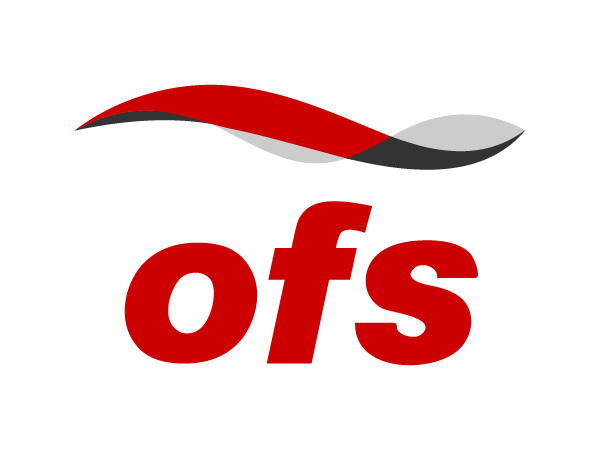
Application Specific Optical Fibers
In the late 1970’s and early 1980’s the Integrated Circuit (IC) industry fragmented as commercial use of these silicon devices grew. Electronics designers rapidly adopted IC’s and volume demands around individual applications grew to such levels that design of IC’s for discrete applications became practical. Thus, the Application Specific Integrated Circuit, or ASIC’s, industry emerged and continues to flourish. Rather than producing standardized integrated circuits that appealed to a broad series of markets, ASIC’s designers ushered in a still-growing era of circuitry that was purpose-built around niche applications. Examples of end products that use these include printers, digital timepieces, automotive controls, PLC’s and today’s tablet computers and smart phones.
The fiber optics industry follows a similar trend. Standards-based, long-haul fibers, our metaphor for an Integrated Circuit, are ubiquitous in global telecommunications and the internet as we know it. But the fiber optics industry parallels the IC world in other ways. Lead largely by OFS Specialty Photonics Division (SPD), fiber optics entered a new age where products are designed to solve vexing technical problems that fall outside the realm of telecommunications.
Application Specific Optical Fibers, or ASOF’s, are engineered to match the mechanical and environmental characteristics of harsh conditions while providing optical performance to meet demanding needs in aerospace, medicine, oil & gas exploration and production, and wind power to name just a few.
At OFS SPD, using materials science expertise and flexible manufacturing systems, we design and produce optical fibers, cables and assemblies for myriad uses. In 1977 we introduced our first problem-solving ASOF products. HCS® (hard clad silica) optical fiber, solving the problem of deploying glass fibers in harsh mining environments and enabling safer handling and initiation of blasting products in mines. Thus began our long heritage of continuous innovation.
Call us today with your applications questions. We will happily guide you through to a practical solution in photonics.
Written by,
Mike Hines

